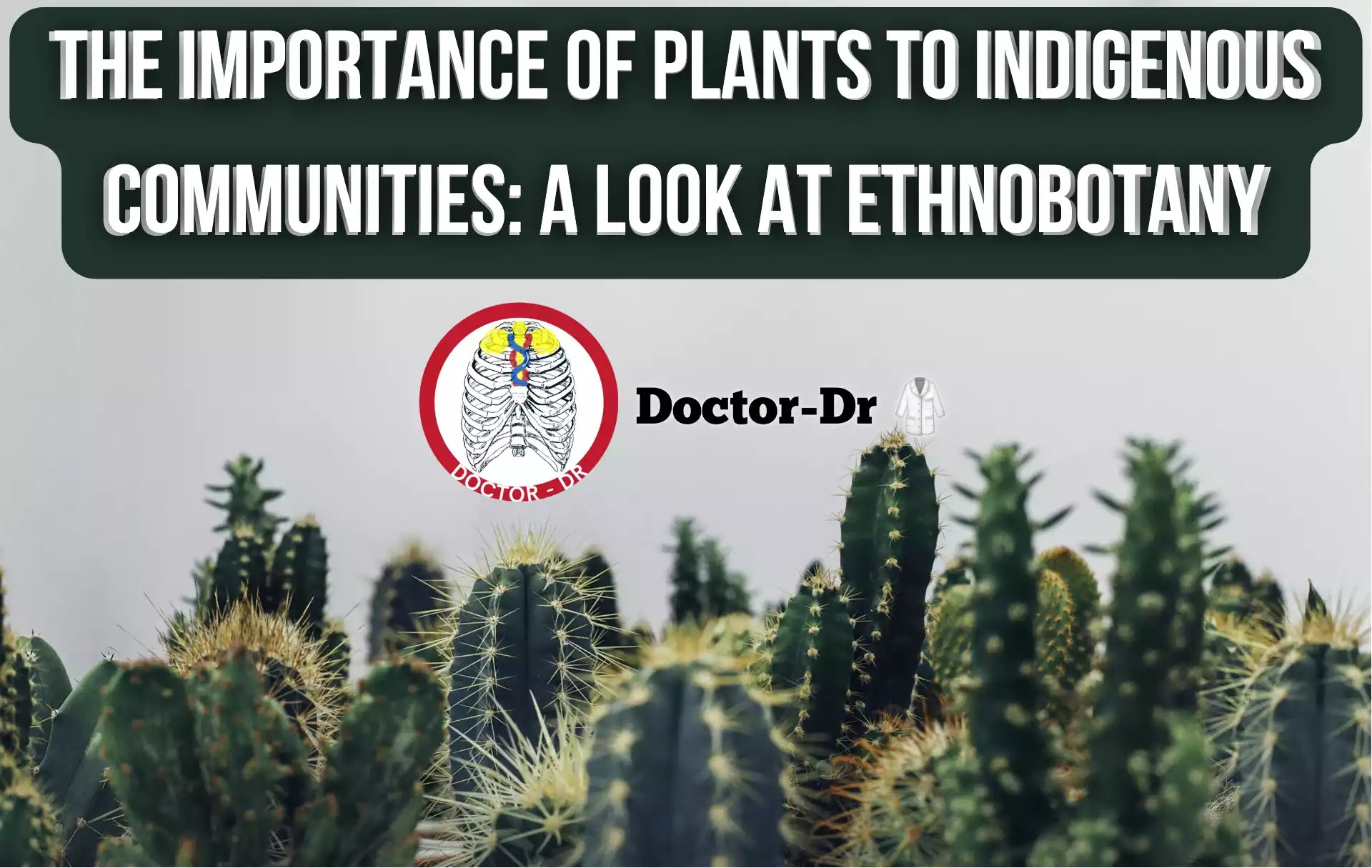Introduction
Ethnobotany is the scientific study of the relationship between humans and plants, particularly as it pertains to their cultural and medicinal uses. Indigenous communities around the world have long relied on their local plant diversity for food, medicine, clothing, shelter, and spiritual practices. Ethnobotanical research provides insights into the complex ways in which plants and people interact and highlights the importance of preserving plant diversity and traditional knowledge.
Cultural Significance
Indigenous cultures have developed intricate relationships with the plants in their local ecosystems. Plants are often central to religious and cultural practices, with traditional stories, songs, and ceremonies celebrating their importance. For example, the Mayan people of Guatemala and southern Mexico have a long history of using plants in religious ceremonies and healing practices. The peyote cactus, which contains psychoactive compounds, is considered a sacred plant and is used in traditional ceremonies for spiritual and healing purposes.
In addition to their spiritual significance, plants are also important for traditional food systems. Indigenous communities have developed deep knowledge about the plants in their local ecosystems, understanding which ones are edible, nutritious, and culturally appropriate. Many traditional foods, such as wild rice, corn, and potatoes, are still an important part of indigenous diets today.
Medicinal Significance
Plants have long been used in traditional medicine to treat a wide range of ailments. Indigenous communities have developed sophisticated knowledge about the medicinal properties of plants, often through trial and error over generations. Many modern medicines have their origins in traditional plant remedies.
For example, the bark of the cinchona tree, native to South America, contains quinine, which is used to treat malaria. The Pacific yew tree, native to the western United States, contains taxol, which is used to treat certain types of cancer. Traditional plant remedies are still widely used in indigenous communities today, often as a complement to modern medicine.
Preserving Plant Diversity and Traditional Knowledge
The loss of plant diversity is a major concern for indigenous communities around the world. As forests are cleared and ecosystems are degraded, many traditional plant species are at risk of extinction. This loss of plant diversity threatens not only the cultural and spiritual practices of indigenous communities but also their livelihoods and food security.
Preserving traditional plant knowledge is also important, as many traditional uses of plants are not documented in scientific literature. Ethnobotanical research can help to document this knowledge and ensure that it is passed down to future generations.
Conclusion
Ethnobotany is an important field of study that highlights the complex relationships between plants and people. Indigenous communities around the world have developed intricate knowledge about the plants in their local ecosystems, using them for food, medicine, clothing, shelter, and spiritual practices. Preserving plant diversity and traditional knowledge is essential for maintaining the cultural and ecological richness of our planet.






.webp)
.webp)
